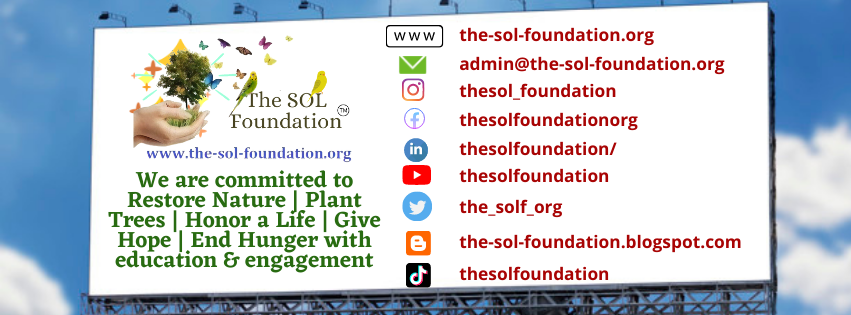As we approach Eid-ul-Fitr, a time of celebration and joy, it's essential to consider how we can make this occasion not only festive but also environmentally friendly. Embracing sustainable practices during Eid can contribute to reducing our carbon footprint and preserving our planet's resources for future generations. Here are some points on how to have a green Eid-ul-Fitr by incorporating sustainable choices into our festivities:
1. Eco-Friendly Decorations
Go for natural and reusable decorations such as flowers, plants, and recycled materials to minimize waste and environmental impact.
2. Sustainable Gifts
Choose gifts that are environmentally friendly, such as homemade treats, handmade crafts, or donations to charitable organizations supporting environmental causes.
3. Mindful Consumption
Practice moderation in food consumption to reduce food waste, and opt for locally sourced, organic, and plant-based ingredients for your Eid feast.
4. Reduce Energy Consumption
Turn off unnecessary lights and appliances, and consider using renewable energy sources such as solar power to reduce energy consumption during Eid celebrations.
5. Waste Reduction
Use reusable utensils, plates, and cups instead of disposable ones, and encourage guests to bring their own containers for leftovers to minimize single-use plastic waste.
By incorporating these sustainable practices into our Eid-ul-Fitr celebrations, we can demonstrate our commitment to environmental stewardship and contribute to building a more sustainable future for all. Let's celebrate Eid in a way that honors our planet and promotes a greener, more eco-conscious lifestyle.
Take a look at what some of our Instagram family has to say:
@aisha_bagha
"Plant a tree"
@_real_rizwana
"Sharing the food with people in need. No wastage of food or clothes."
@words_in_making
"I will visit friends."
@zainab_akadir
"Use of less plastic containers. Sharing food with family."

